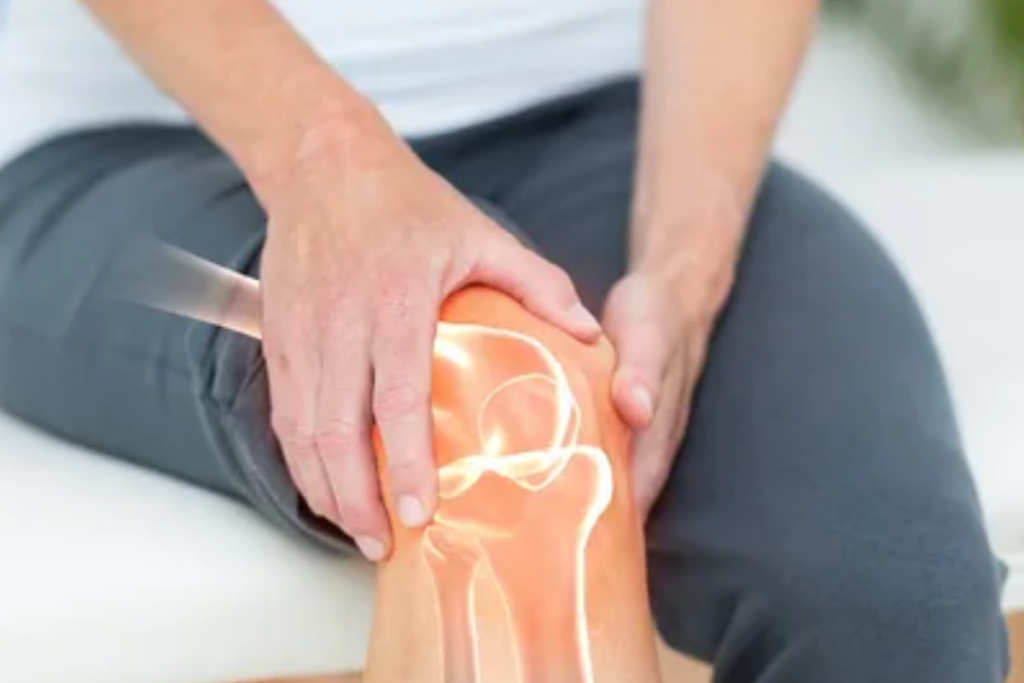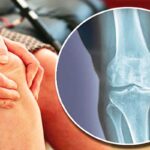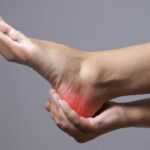
Rehabilitation plays a crucial role in the success of joint replacement surgeries, such as knee or hip replacements. The right exercises and a structured recovery timeline are essential for restoring mobility, strength, and function post-surgery. In this detailed guide, we’ll explore the key exercises and recovery stages involved in rehabilitation after joint replacement, ensuring a smooth and effective recovery process.
Understanding the Recovery Timeline
The recovery timeline after joint replacement surgery varies depending on factors like the type of surgery, individual health, and adherence to rehabilitation guidelines. Generally, the timeline follows a progressive pattern:
Immediate Post-Surgery (Days 1-3): The focus is on pain management, wound care, and gentle movement exercises to prevent stiffness and promote circulation.
Early Rehabilitation (Weeks 1-2): Physical therapy begins with simple range-of-motion exercises and gentle strengthening activities to regain mobility and prevent muscle atrophy.
Intermediate Phase (Weeks 3-6): The intensity and complexity of exercises increase to improve strength, balance, and flexibility. Walking aids may still be used as needed.
Advanced Rehabilitation (Weeks 6-12): More challenging exercises are introduced to further improve strength, endurance, and functional movements. Gradual return to normal activities is encouraged under guidance.
Long-Term Recovery (Months 3-6 and beyond): Focus shifts to maintaining progress, continuing exercises, and incorporating activities of daily living to achieve optimal function and independence.
Key Exercises in Rehabilitation
Range-of-Motion Exercises: These help restore flexibility and joint mobility.
- Ankle pumps, knee bends, and hip rotations are common for lower limb joint replacements.
- Shoulder pendulum swings and elbow flexion/extension for upper limb surgeries.
Strength Training: Targeted exercises to regain muscle strength around the replaced joint.
- Leg raises, squats, and lunges for lower limb replacements.
- Arm curls, shoulder presses, and chest flies for upper limb replacements.
Balance and Stability Exercises: Essential for preventing falls and improving coordination.
- Engaging in unilateral stance, walking in tandem, and using balance boards for exercises:
Functional Movements: Practicing daily activities like getting in and out of chairs, climbing stairs, and walking on different surfaces.
Cardiovascular Conditioning: Gradual introduction of low-impact aerobic activities like stationary biking or swimming to improve overall fitness and endurance.
Tips for Effective Rehabilitation
- Consistency: Adhere to the prescribed exercise regimen and attend physical therapy sessions regularly.
- Proper Form: Focus on correct posture and technique during exercises to maximize benefits and prevent injury.
- Pain Management: Communicate any discomfort or pain to your healthcare provider for appropriate adjustments.
- Gradual Progression: Follow the gradual progression of exercises as guided by your therapist or surgeon.
- Lifestyle Modifications: Adopt healthy lifestyle habits including nutrition, hydration, and adequate rest to support recovery.
- Nutrition and Hydration: Maintain a well-balanced diet rich in nutrients like protein, vitamins, and minerals to support healing and muscle recovery. Stay adequately hydrated to optimize tissue function and joint lubrication.
- Emotional Support and Mental Well-Being: Engage in activities that promote mental well-being, such as mindfulness practices, hobbies, and social interactions. Seek emotional support from family, friends, or support groups to cope with the emotional aspects of recovery and stay motivated throughout the rehabilitation process.
Summary
Rehabilitation after joint replacement surgery is a critical phase for restoring function and mobility. Following a structured recovery timeline and engaging in targeted exercises under the guidance of healthcare professionals like Dr. Ashish Suryawanshi, renowned as the Best Orthopedic Surgeon in PCMC, with clinics located in Nigdi and Thergaon, is essential for a successful recovery. By incorporating range-of-motion exercises, strength training, balance activities, and functional movements, individuals can achieve optimal outcomes and regain their quality of life post-joint replacement surgery.




